Section 2
Formation of New Species
Book
Version 32
By Boundless
By Boundless
Boundless Biology
Biology
by Boundless
5 concepts
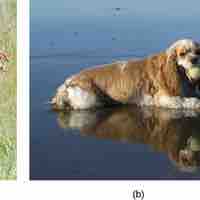
The Biological Species Concept
A species is defined as a group of individuals that, in nature, are able to mate and produce viable, fertile offspring.
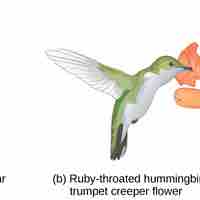
Reproductive Isolation
Reproductive isolation, through mechanical, behavioral, and physiological barriers, is an important component of speciation.
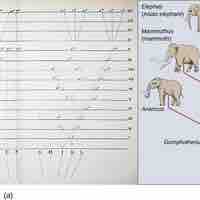
Speciation
Speciation is an event in which a single species may branch to form two or more new species.
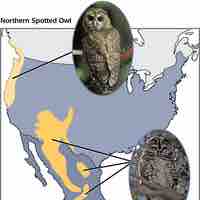
Allopatric Speciation
Allopatric speciation occurs when a single species becomes geographically separated; each group evolves new and distinctive traits.
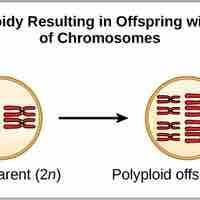
Sympatric Speciation
Sympatric speciation occurs when two individual populations diverge from an ancestral species without being separated geographically.